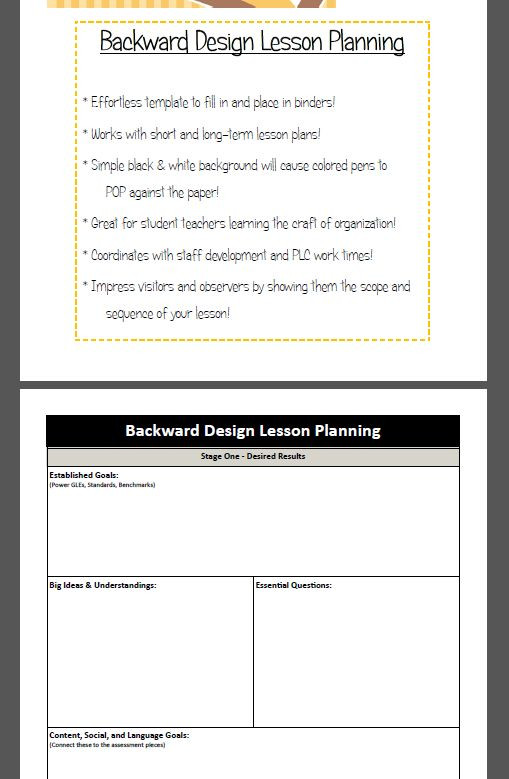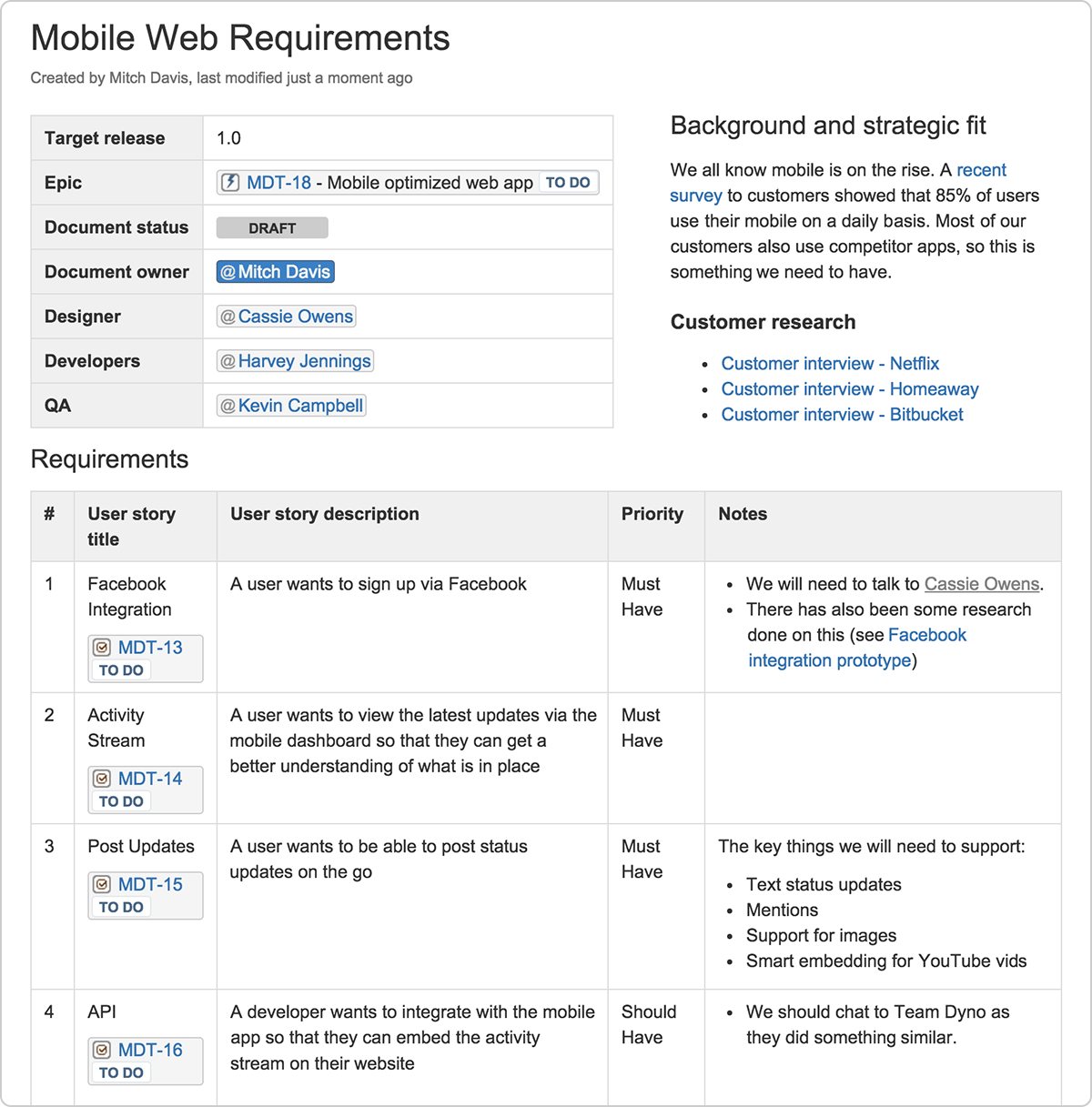Table Of Content

These theories collectively validate why Backward Design is more than a passing trend; it's a research-based, effective approach to education. No matter your teaching modality, Ohio State has a professional learning program designed to support you with course design. Successful completion of each option below also earns you a teaching endorsement for Course Design in Higher Education.
Teaching Women's History: Why It Matters and How to Do It
A GPS for Success: Updated and Improved - Asia Society
A GPS for Success: Updated and Improved.
Posted: Mon, 04 Apr 2016 08:05:03 GMT [source]
When developing your course within a Backward Design framework, it is important to map out your course learning objectives, assessments, and learning activities and instructional materials to ensure alignment across the elements. We suggest using CATE’s Course Map Planning Document to guide your progress. Understanding backward design is crucial as it empowers educators to craft purposeful learning experiences centered around clear learning objectives, leading to enhanced student engagement and more effective teaching outcomes.
How to Master the Backward Lesson Planning Approach
This prevents your tests and assessments from feeling useless at best and contrary or irrelevant to your students at worst. An important part of aligning content to your assignments and assessments is limiting or eliminating material that is redundant or unnecessary. In other words, if it does not align to a learning outcome, you probably do not need to include that content. Since you need to track student progress with respect to all course goals and learning outcomes, each outcome should be tested by at least one assessment of student learning. It should be possible to think of several ways to assess a given learning outcome—if you can only think of one way to assess an outcome, then it is probably an assignment. With this clear target in place, educators are better equipped to teach.
Facilitating Student Curiosity: Strategies and Resources (Opinion) - Education Week
Facilitating Student Curiosity: Strategies and Resources (Opinion).
Posted: Thu, 25 Jan 2018 08:00:00 GMT [source]
How to Plan Using Backward Design, A Comprehensive Guide
The benefits of backwards design is that each module/chapter sets the stage for the next and clearly shows the learner where they’re headed on their learning journey. This approach also delivers a more impactful and engaging learning experience that is intentional, focused and centered around the learner/student and their needs. The idea behind backwards design is simply starting from the outcome or end result that you’d like your students to experience and build the modules/chapters/sections one by one with the outcomes guiding the process. This approach helps define the results that your learners can expect from each section and or chapter and helps you. By focusing on the results, you will deliver a better learning experience by showing the path to the transformation promised to them.
Asking a person to develop a model is a much higher-order task than asking them to copy a model. Describing systems and patterns is way more challenging than selecting the correct description. Instead of starting with a topic, we’d do better if we start with an end goal, and that’s where backward design comes in. This psychological theory was developed by Edward L. Deci and Richard M. Ryan in the late 1970s and early 1980s. Self-Determination Theory emphasizes the importance of people feeling in control of their actions, and it posits that this autonomy leads to increased motivation and better outcomes. That's a quick tour of how Backward Design came to be and how it's changed the world of education and training.
Research has shown that starting with the end goal in mind and working backward to design instruction can lead to better student outcomes and deeper learning. The first question listed above has instructors consider the knowledge that is worth being familiar with which is the largest circle, meaning it entails the most information. The second question above allows the instructor to focus on more important knowledge, the knowledge and skills that are important to know and do. Finally, with the third question, instructors begin to detail the enduring understandings, overarching learning goals, and big ideas that students should retain. By answering the three questions presented at this stage, instructors will be able to determine the best content for the course. Traditionally, instructors have applied a forward or content-centered approach to designing lessons, modules, or courses.
Related Teaching Topics
This perspective can lead to the misconception that learning is the activity when, in fact, learning is derived from a careful consideration of the meaning of the activity. As you can see, there are lots of advantages to implementing backward design lesson plans into your curriculum or teaching schedule at the earliest opportunity. Fortunately, using backward design lesson planning is easy once you make a few classes or courses with this philosophy in mind. In a standard content-oriented approach to course design, the design process begins by identifying course content.
Finally, instructors create learning activities and instructional materials that align with and support the achievement of the learning objectives. Collaboration can provide invaluable insights and make the planning process less burdensome. Teams of teachers often find it easier to brainstorm learning goals, assessment methods, and instructional strategies.

Using the ratio example, the teacher would need to ensure their students have a solid understanding of multi-digit multiplication, division, factors and multiples. If students enter sixth grade without competent skills in these areas, the teacher will need to build appropriate units into their lesson plans to achieve the year-end goal of understanding ratios. Once you establish the student-focused learning goals, you’ll be better able to create an assessment and coordinating lessons. A solid foundation for a purpose-driven unit and, ultimately, student success. Whatever the case may be, there is an alternative approach that helps instructors avoid these pitfalls and mitigate student frustrations with their learning experiences. Backward design takes a learner-centered approach to course design, facilitating the creation of more cohesive, clear, and intentional learning experiences for students.
Examples of summative assessments include exams, portfolios, presentations, written work. Okay, so we’ve looked very closely at one small unit for a middle school science class. Let’s take a look at an example to illustrate the difference between a unit planned the traditional, topic-driven way, and the same unit planned with backward design. Some chapters we did in class (I would read to them, then they would read silently), and others at home. Some students became as absorbed in the novel as I’d hoped they would; others, not so much. Predictably, some fell behind in the book like they did with all assigned reading.
This means that as teachers, we need to focus on content but also on its practical application. Backwards design along with the use of technology within the classroom should be considered as a method for designing and analysing meaningful learning tasks that can help make this happen. All the lesson planning in the world won’t necessarily guarantee that students will retain and master new concepts.
This condition might be a tool, reference, aid, or context that students will or will not be able to use. Plus, you’ll earn a 45-minute professional development certificate and have 7 days of access. Finally, the Zone of Proximal Development, a concept introduced by Russian psychologist Lev Vygotsky in the early 20th century, also supports the effectiveness of Backward Design. According to Vygotsky, this "zone" is the gap between what learners can do independently and what they can achieve with guidance. By focusing on the end goals—say, improving customer service or increasing sales—trainers can build a program that really works.
Backward Design allows for a more accurate and meaningful assessment of student learning. Experts like Dylan Wiliam have pointed out that because assessments are aligned with learning objectives from the get-go, they are more likely to be valid measures of student understanding and skill. This stands in contrast to traditional methods where assessment can sometimes feel disconnected from the teaching. Be thoughtful about selecting tools that will best support students in meeting your learning goals and outcomes.Read more in Understanding Learning Technologies at Ohio State and Integrating Technology into Your Course. For a deep dive into choosing and using technology for your course, register for the Technology-Enhanced Teaching course.
A Bronx, NY veteran high school social studies teacher who has learned most of what she has learned through trial and error and error and error.... That said, backward planning is something I have been doing before I ever heard about Understanding By Design. It creates a concrete, clear picture of what road to take when you have a destination in mind. A downloadable guide for teaching professionals from the University of San Diego. Monica Fuglei is a graduate of the University of Nebraska in Omaha and a current faculty member of Arapahoe Community College in Colorado, where she teaches composition and creative writing.
Educators like Lorin Anderson, who revised Bloom's Taxonomy, appreciate that Backward Design encourages higher-order thinking skills. Because educators start with the end in mind, they can plan activities that go beyond rote memorization, facilitating skills like analysis, evaluation, and creation. This helps students become not just passive receivers of information, but active constructors of knowledge.

No comments:
Post a Comment